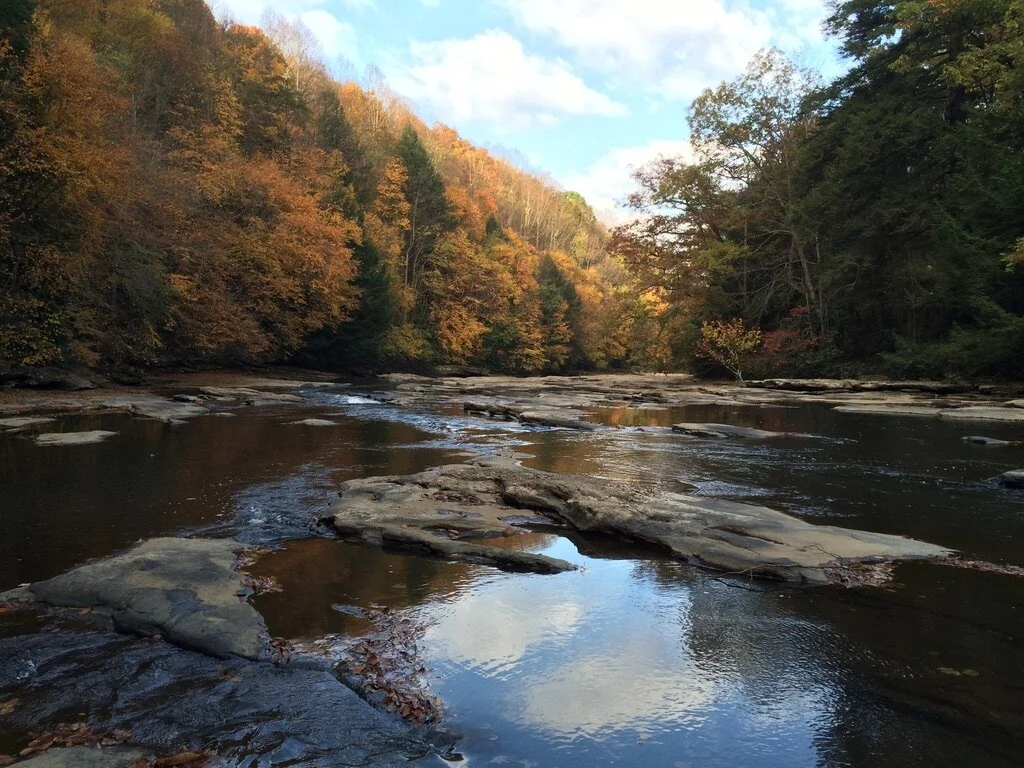The Water Works dam is scheduled to be removed by December 2023 with the total cost of the removal expected to be $3,225,500. As the Limited Environmental Review states, the project is to be funded by the Ohio EPA through its Water Resource Restoration Sponsor Program (WRRSP) and the Eastgate Regional Council of Governments. To learn more about the Warren Water Works Dam removal or the Mahoning River Corridor Revitalization Plan. . .
Environmental Justice: A Path Forward?
A 51-year-old (Almost) Trendsetter: The Pennsylvania Environmental Rights Amendment
Why Civic Engagement is Essential to the Continued Evolution of the Environmental Movement
In April of 2020, due to COVID-19 lockdowns, many Sunshine Laws were indefinitely suspended throughout the country. Courtrooms began to hold virtual hearings and trials over telecommunication platforms like Zoom, Skype, and Teams. The Ohio Office of Attorney General announced, “… with the COVID-19 pandemic persisting, the General Assembly passed House Bill 197 and then H.B. 404, giving public bodies the ability to meet virtually instead of in person, as required by Ohio’s Open Meetings Act (R.C. 121.22).” Public bodies were no longer required to hold in-person meetings, hearings, and trials; rather, many public meetings and hearings became virtual. While numerous states have reinstated their Open Meeting/Sunshine Laws, others have continued to utilize telecommunications and hold most of their meetings, trials, and hearings virtually.
SCOTUS' Decision in West Virginia vs. EPA Weakens Federal Climate Efforts
On June 30th, the Supreme Court weakened the Environmental Protection Agency’s (EPA) ability to protect the environment. In West Virginia v. EPA, a 6-3 decision authored by Chief Justice Roberts and joined by the other conservative justices, the Court ruled the EPA overreached in its efforts to curb air pollution. This decision forebodes more significant limitations on the EPA and other government agencies’ efforts to effectuate change. The ruling also makes clear what many environmental advocates already knew: the federal government, as currently designed, will not be the leader in the fight against climate change. Grassroots movements, community-oriented advocacy, and mass mobilization are essential in the effort to protect the planet, now more than ever.

















